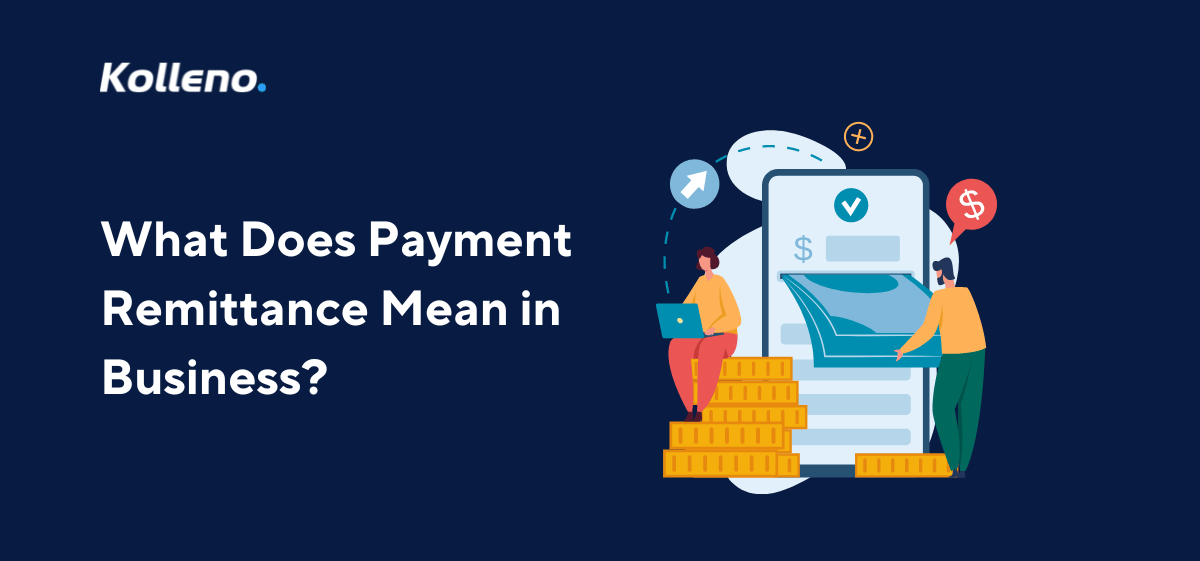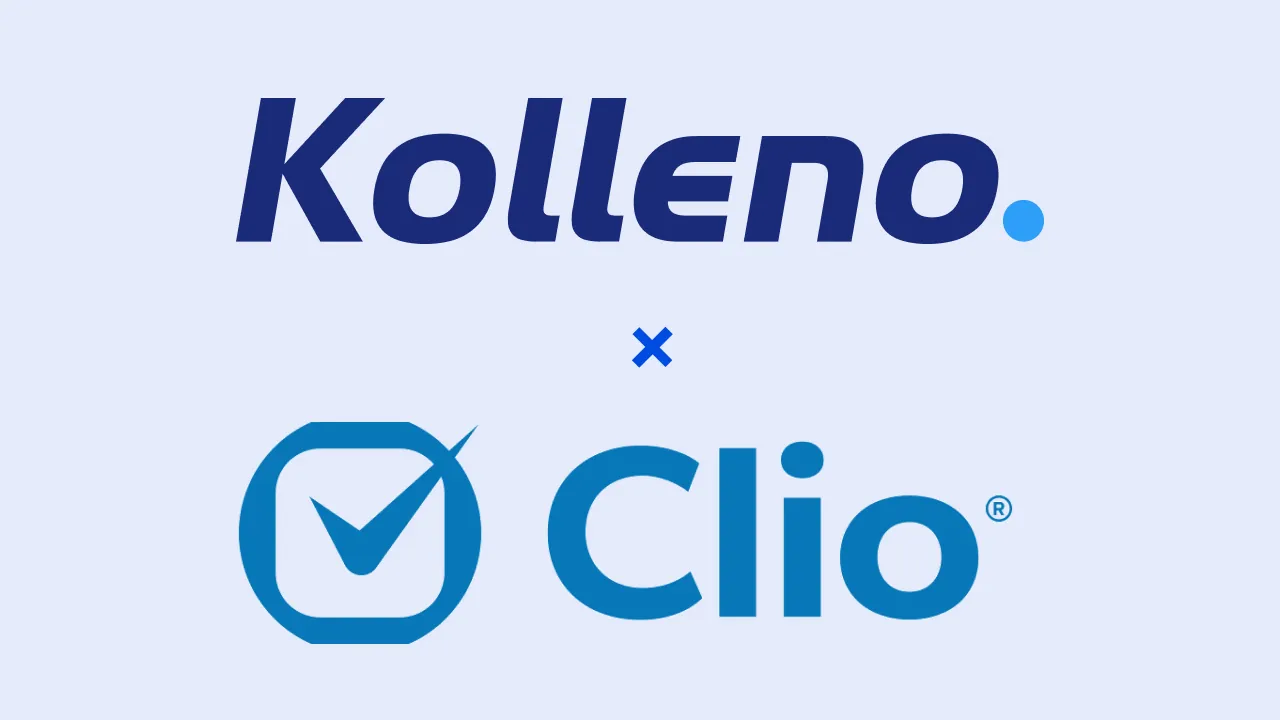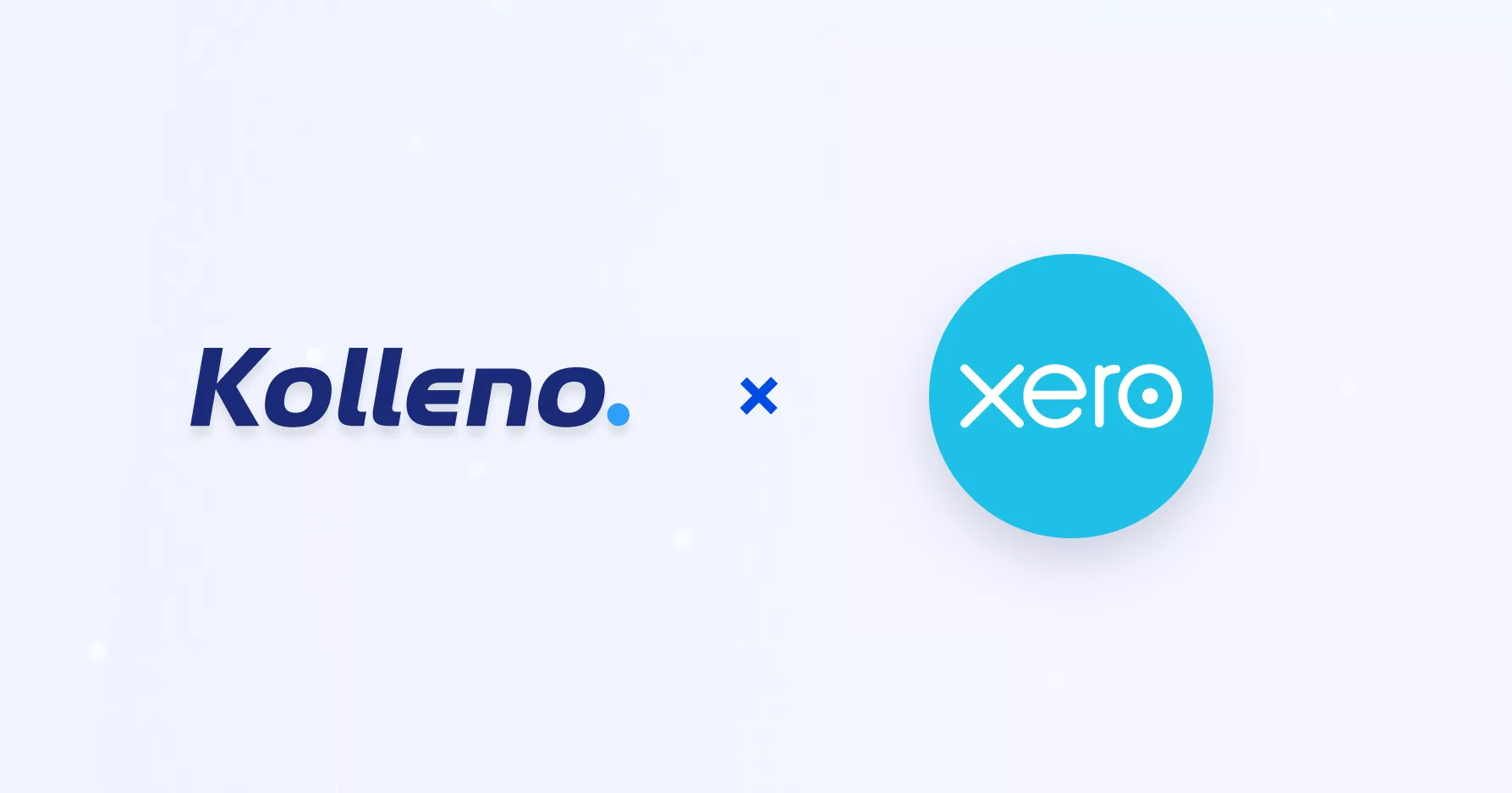Key Points
Remittances play a significant part in the current financial ecosystem, whereby the term remittance has a broad definition because it technically covers any transaction involving one party sending their payment to another party.
Nonetheless, in the majority of cases, remittances often refer to either a personal remittance, which involves an individual making a payment to another person in a different country or a business-related remittance, which comprises a payment completed by a business to an individual or another firm locally or internationally.
In general, remittance transactions are a go-to payment method when a company is looking to send money internationally.
This adoption of remittance solutions is expected to continue rising as the increasingly globalised economy creates an upsurge in the corporations’ appetite for cross-border businesses. On top of that, electronic transfers can typically be completed within ten minutes. Hence, this makes remittance an extremely convenient way for businesses to send money abroad.
Not to mention, remittances also constitute a notable percentage of the gross domestic product (GDP) amongst developing nations. This thereby showcases some of the key incentives for governments to encourage greater uptake of this transaction approach.
Remittance is a sum of money that is transferred either as a gift or payment to another party. Theoretically speaking, any repayment of an invoice could be categorised as a remittance, whereby the word “remittance” is a derivative of the term “remit”, which is essentially defined as “to pay back”.
Having mentioned that, Kolleno is a platform assisting companies in their credit control efforts by providing a debt collection solution so that the firms can focus on what truly matters – running their businesses to the best of their capabilities.
What Is the Meaning Of “Remittance Advice”?
Meanwhile, remittance advice is a piece of document delivered by a client to the company as part of informing them that the payment has been made for a certain invoice. In the case where the client has settled their debt via writing a cheque, the remittance advice would usually serve as a supporting document to the cheque.
Although sending remittance advice is not a legal requirement, it is often viewed as a courtesy as the document drastically assists the firm’s accounts receivable unit with the matching of invoices with the related payment accounts. This, in turn, helps the business to streamline its bookkeeping procedure and maintain close communications with its clients and/or business partners. On that note, the remittance advice must document the invoice number for which the payment is tendered, the corresponding payment details, as well as the line-item level details.
Moving forward, although an incrementing number of industries are beginning to digitalise their processes and payment management solutions, the delivery of remittance advice letters is becoming less relevant. However, they still remain popular in specific verticals, particularly those that still involve clients making payments via cheques.
How Does Remittance Differ from Payments?
Even though remittance and payments overlap in terms of their definitions, they have distinct variations when viewed in a commercial context.
To begin with, payment can be associated with any form of capital transfer as long as it encompasses the interaction between two parties to buy or sell a product and/or service. On the other hand, a remittance is related to a particular type of payment that is sent to satisfy a certain need, where this demand would typically be a specific order that has been made to a company. Other than that, remittances would usually involve a large pool of capital. To illustrate an example, a transaction involving one dollar or even five cents can be considered a payment, whereas those comprising the exchange of a few thousand dollars for a good and/or service would then be classified as a remittance.
What Are the Various Forms of Remittance Advice?
There are a few types of remittance advice that customers can deliver to the business, including:
Paper-Based Remittance Advice
These are essentially hard copies of the remittance advice containing information regarding the invoice number and amount due by the client that was either written by hand or computer-generated.
Remittance Advice Delivered Via Email
In essence, this remittance advice is those that were delivered through email by the customer, in which the details regarding the payment made will either be attached to the email or recorded in the body of the message.
Electronic Document Interchange (EDI) Remittance Advice
Also known as a payment order or the EDI 820, large enterprises often use EBI-based remittance advice during their payment management process. This involves the businesses delivering remittances via EDI machines to their intended recipient, such as their suppliers, whereby these remittance documents will usually be presented in the form of an alpha-numeric character combination.
Web-Based Remittance Advice
For large retail companies such as Walmart, Amazon, and Tesco, web-based remittance is a popular choice as their accounts payable teams would be able to upload the relevant remittance advice via an accounts payable website portal. These documents, in turn, can be retrieved by the supplying company’s cash application department by simply logging into the portal and downloading the delivered web-based remittance advice.
Is It Mandatory for Businesses to Send Remittance Advice?
In short, sending remittance advice slips is not compulsory. Nevertheless, including these documents in your payment would be considered a courtesy that the recipient will highly appreciate as they help a lot with the bookkeeping process. In specific, remittance advice documents can help accounts payable professionals quickly determine the specific client accounts that are linked to the payment received, thereby enabling the closing of the invoice sooner. Additionally, remittance advice slips are usually very easy to generate because there are many software-as-a-service (SaaS) solutions that allow companies to create a customised remittance advice template within minutes.
Why Are Remittance Advice Important for Businesses?
While this practice is not a legal necessity, business-related remittance advice slips are delivered for a couple of important reasons:
• Remittance advice slips make it easier for the receiving party to keep records and identify the associated payment that the sender has made. This practice is especially useful if the company has clients who prefer to pay via instalments and thereby need the relevant documentation to assist them in tracking the payment process.
• Simplifying the matching of payments with the correct remittance advice subsequently prevents confusion and minimises delays in closing settled accounts.
How Could Businesses Send Their Remittance Advice Slips?
There is also a myriad of ways in which companies can opt for submitting their remittance advice slips, such as via:
Writing A Cheque
Although cheques are a relatively old-fashioned approach to settling business-to-consumer (B2C) transactions, they are still a standard method of payment in business-to-business (B2B) sales transactions. One of the reasons supporting this practice would be due to cheques being an explicit paper trail that can be tracked throughout the entire payment procedure.
Nonetheless, some of the disadvantages of this approach would include the potential for human error to occur, which in turn, necessitates a new cheque to be written. Other than that, some cheques may unexpectedly be rejected, creating a cycle of problems that need to be addressed. Also, the high volume of individuals involved during this process may eat into the overhead expenses, and the time-consuming protocol behind the clearing of cheques could be a deterrent for businesses.
Credit Card Payments
Also recognised as another popular way of making payments, credit card transfers are often a trustworthy approach to make sure that the payment goes through safely. Still, credit card-based transactions are infamous for charging high transaction fees on top of a transfer limit, which could spell problems for high-volume B2B transactions.
Electronic Fund Transfer (EFT)
An emerging way of transferring payments, the EFT is a digital approach encompassing ACH and wire transfer methods. Nevertheless, the EFT payment solution is usually much more efficient at transferring money at a lower cost and faster speed compared to ACH or wire transfers due to its completely digital nature. In addition to that, the rising application of automated payment solutions will continue to accelerate the uptake of EFT as a popular remittance advice slip delivery approach.
Automated Clearing House (ACH) Transfer
Simply put, an ACH transfer can be briefly described as the electronic version of delivering a cheque to the payee. Through this transaction format, the money will be extracted from the sender’s bank account and transferred to the intended recipient’s account, whereby this arrangement usually works particularly well for parties that have recurring payment commitments. In such cases, the payer will need to authorise the periodic fund transfer before initiating the transaction.
In the meantime, a one-off payment is also possible. With that, an ACH transfer can be organised between the customer and the company so that the transaction can be made on an as-needed basis instead of following a consistent payment schedule.
Wire Transfers
Wire transfers are a payment method involving the movement of money from one bank account to another through a network administered by transfer service agencies and banks across the globe. Whilst this is usually a highly secured approach, executing a wire transfer requires the sender to jump through several hoops before it can be initiated. However, the perk is that there is no cap on the amount that can be made via wire transfers.
What Should Businesses Include in Their Remittance Slips?
Remittance advice slips ought to be declared in a letter with the firm’s letterhead. The content should then mention the contact details of the individual responsible for the transaction together with the information listed below:
• The date on which this remittance slip was written
• Official name and address of the client
• Official name and address of the intended recipient
• The associated invoice number
• Description of the purchased product and/or service
• The amount owed and the payment that has been made to the recipient’s account
• Discounts applied (if any)
• The selected method of payment
• The transaction identification number
• Estimated date of arrival for the remittance transferred
How Could Businesses Generate Remittance Advice?
Typically, there are software programmes that enable individuals and companies alike to create the remittance advice slip to be delivered to the intended payee. Alternatively, the sender could also opt for using the remittance advice templates available on software solutions like Microsoft Word or Excel as well as Google Sheets or Docs to generate customised remittance documents for their recipient.
Typical Fees Associated with Remittance Transfers
Nearly all types of remittance payments will include a fee; hence companies are always strongly advised to familiarise themselves with all the relevant expenses before they make their remittance transfers. Though in the majority of cases, the fees associated with delivering remittance would include:
A Flat Fee for The Delivery of Remittance Payments
This is basically a set amount that the remittance transfer provider will charge the sender for its service before the transaction starts. In most situations, the fee is non-negotiable irrespective of the actual amount of money that is to be sent or the country it will be delivered to.
In other cases, certain organisations may charge a percentage fee which may be termed as a “spread”. This fee would fundamentally constitute the foreign currency exchange expense that will be charged to the sender prior to the initiation of the remittance payment. Besides that, some remittance service providers might opt to charge their senders a fee based on the principal amount to be transferred to their intended recipient.
Fees Associated with Receiving the Remittance Payment
In addition to the fees that come along with the transferring of the remittance, the sender may also incur fees relating to receiving the remittance in the form of either a flat fee or a percentage pricing model. This often includes the payment processing fee that is charged by the financial institution or bank where the receiving party will be picking up their money. Having mentioned that, the sender may have opportunities to lower the cost of sending their remittance by transferring the funds to and from the same bank.
Can Remittance Advice Be Taxed?
Yes, but the taxable amount would depend on the rules set by the different countries. This is particularly applicable for companies that are remitting payments, although individuals sending remittances will also be subjected to taxation in the form of a “non-business tax remittance”.
Given that remittance is classified as a type of income, it will need to be recorded under the federal tax returns regardless of whether it is actually a gift or compensation. Besides that, the terms and conditions, as well as the percentage taxed, will differ between countries, so it is imperative for all businesses to proactively monitor the current tax regulations within the nations involved prior to sending any remittance advice.
What Are Some Best Practices for Businesses When Sending Their Remittance Slips?
In essence, remittance advice senders are highly recommended to ensure that the address to which they will be delivering the document is correct before sending it in. Besides that, it would be a good idea to keep a hard or soft copy of the remittance advice slip for the payer’s own recordkeeping as well in case scenarios such as a missing remittance document arises.
Furthermore, employing an accounting software solution can substantially help to reduce the amount of administrative work that the customer needs to handle with managing various remittance advice slips. Hence, it would be worthwhile considering Kolleno, a smart credit control platform that consolidates the payment collection, accounting, and communication functions into a single site. This thereby helps users to streamline the entire payment management process and save time over the long term.
Concluding Thoughts
In a nutshell, sending remittance advice slips confirms that the customer has transferred payment. On the receiving end, the slips will need to be matched with the associated invoice to complete the cash application process.
To accelerate the process, Kolleno is a smart credit control platform offering accounts receivable software to aid firms in accelerating invoice matching and payment management steps.
Frequently Asked Questions (FAQs)
What Is Remittance Advice?
In short, remittance advice is a letter documenting a payment made by the client to a company (such as a supplier) as part of confirming that they have settled their debt. On certain occasions, the customer would attach their remittance advice with their payment if they chose to settle the transaction by writing a cheque.
Is A Remittance Advice Considered to Be an Evidence of Payment?
The short answer would be no. This is because remittance advice may not necessarily be successfully delivered to the intended recipient. Hence, it can only be considered a notification that the sender has made a payment.
Is Sending Remittance Advice Mandatory for Businesses?
In general, clients are not obligated to send a piece of remittance advice to the company or supplier. However, this would be considered a best practice as it greatly assists the recipient in preventing any confusion over invoice payments. Meanwhile, should any problem arise with a specific transaction or customer account, the remittance advice would also document the steps taken during the payment process to help pinpoint where an error might have occurred. This thereby enables the paying customer to insure themselves from common problems that might take place during such a process.
Video
- Key Points
- What Is the Meaning Of “Remittance Advice”?
- How Does Remittance Differ from Payments?
- What Are the Various Forms of Remittance Advice?
- Is It Mandatory for Businesses to Send Remittance Advice?
- Why Are Remittance Advice Important for Businesses?
- How Could Businesses Send Their Remittance Advice Slips?
- What Should Businesses Include in Their Remittance Slips?
- How Could Businesses Generate Remittance Advice?
- Typical Fees Associated with Remittance Transfers
- Can Remittance Advice Be Taxed?
- What Are Some Best Practices for Businesses When Sending Their Remittance Slips?
- Concluding Thoughts
- Frequently Asked Questions (FAQs)
- Video











